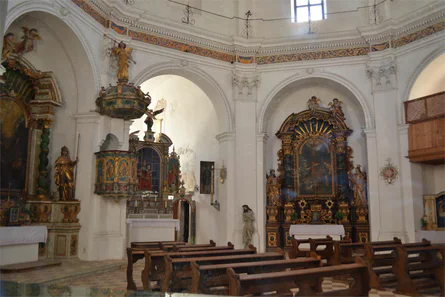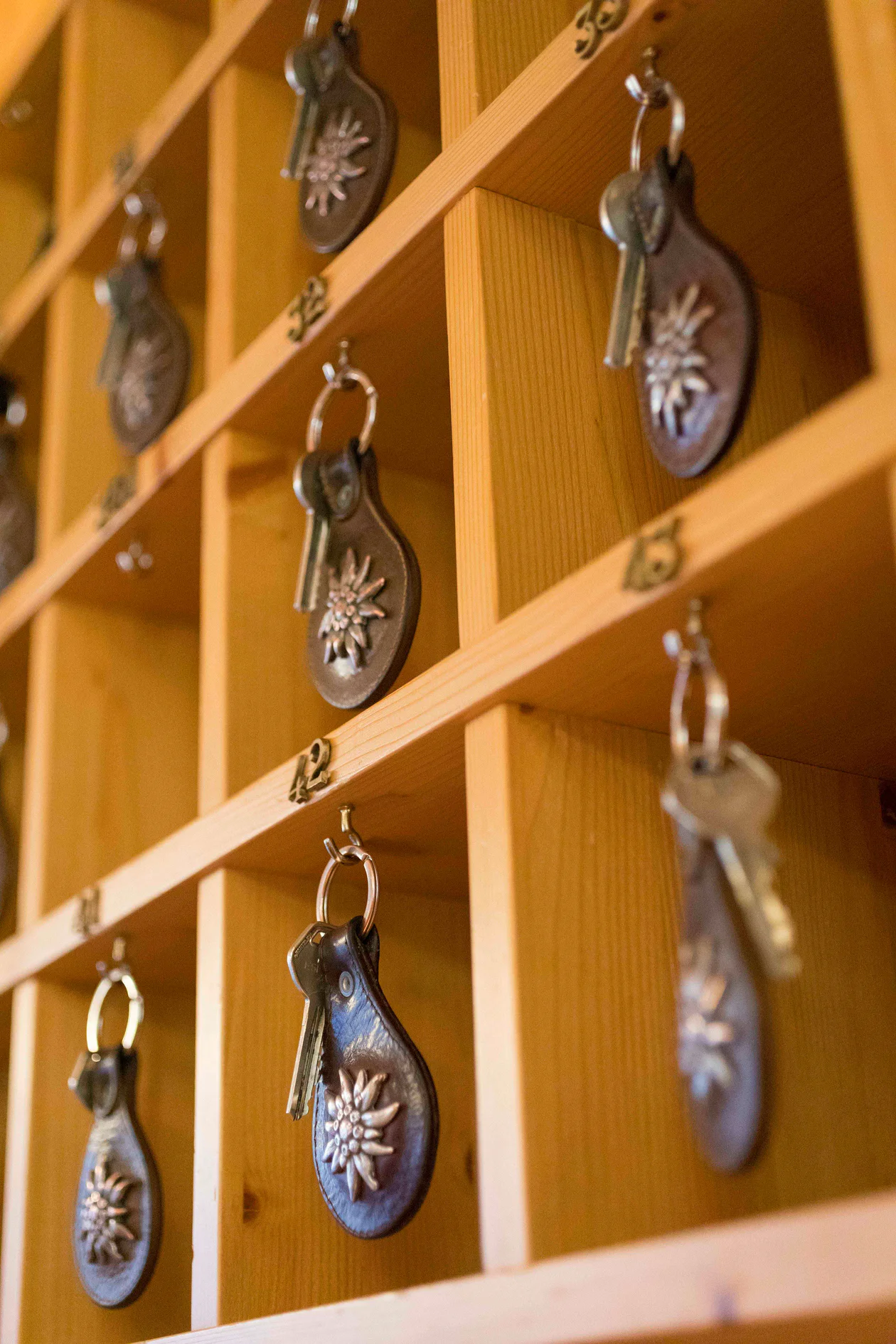The Brixen Poor Clares Monastery was already founded during the lifetime of St. Clare.
There is no documents about the foundation itself and where the first sisters came from. The oldest written document is a letter of liberty from the Prince-Bishop of Bressanone, Henry IV, dated May 10, 1235, in which the monastery and the newly built church in honour of the Virgin Mary and St. Francis were freed from all secular and spiritual judicial constraints.
The church of St. Elisabeth was originally a romanesque church, which was rebuilt in the 15th century into a gothic church and then in the 17th century into a baroque church. At the entrance portal there is a crucifixion scene and the coronation scene of Mary with the Franciscan saints (St. John of Capristan, St. Bernardine of Siena, St. James of the Mark, St. Elizabeth, St. Clare and St. Agnes). The interior is indented with a groined vault above which the Sisters' Choir is located. The choir of nuns, which is located above the vault, is under strict enclosure. Behind the choir stalls there is a small "chair" for each sister, which is individually decorated with devotional objects and pictures.
The walls of the presbytery show scenes from the life and work of St. Elisabeth of Thuringia (left: Rose miracle and the banishment from the Wartburg; right: death and burial of the saint). The high altar is a niche construction with four columns and a volute gable (by Peter Passler from Neustift). The picture shows the alms donation of St. Elisabeth. It is flanked by St. Francis and St. Clare. While the left side altar shows a scene of shepherd adoration, the right side altar picture shows Joachim, Anna and little Mary.







































































































